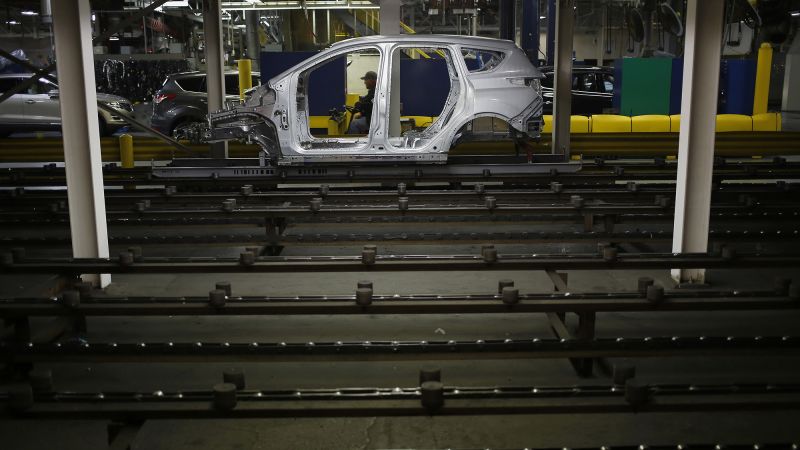Ford Motor Company has recently announced an ambitious multi-billion investment aimed at revolutionizing its electric vehicle (EV) production, highlighting a critical shift in the automotive industry. The company’s chief design officer, Doug Field, referred to this initiative as Ford’s “next Model T moment,” indicating a transformative period akin to the impact of Henry Ford’s original assembly line vehicle. This investment represents not only a significant financial commitment but also a profound strategic pivot towards electric vehicle manufacturing in the United States.
On Monday, Ford confirmed it would channel $5 billion into enhancing its operations, specifically focusing on establishing a new assembly line alongside battery production facilities geared towards electric vehicles. This initiative will culminate in the creation of a new, yet-to-be-named model that Ford claims will be the most affordable electric pickup truck available in the market. This strategic move is expected to create or secure approximately 4,000 jobs within the United States, which paints a positive scenario in a rapidly changing labor market.
The purpose of these investments, as highlighted by Field, draws inspiration from the revolutionary influence of the Model T. By taking insights from this historical paradigm shift, Ford aims to redefine the future of mobility and the auto industry at large. The company believes that this fundamental change will not only benefit Ford but also inspire broader transformations within the automotive sector.
Out of the total investment, approximately $2 billion is earmarked for securing about 2,200 hourly jobs at the Louisville assembly plant, where Ford plans to produce its next generation of electric vehicles. Although this initiative promises to create new opportunities, it’s worth noting that the transition from gas-powered SUVs to electric vehicles will likely reduce jobs by around 600. Such reductions are primarily attributed to advancements in assembly line efficiency. Thus, while jobs are being created, the transition reflects the complexities and challenges associated with this technological evolution.
Additionally, the remainder of the investment will support a new battery plant in Michigan, a project Ford has been working on since 2023. This development comes at a time when automakers face increasing pressure to manufacture domestically. Ford already leads its competitors in producing the most cars in America but has stated its decision not to relocate production for the Ford Mustang Mach-E, which continues to be manufactured in Cuautitlan, Mexico.
One notable aspect of Ford’s announcement is the introduction of a new battery design. This advancement promises a smaller and lighter version of previous batteries, ultimately enabling the company to offer a new electric pickup at an enticing entry price of $30,000. In contrast, Ford’s F-150 Lightning pickup currently starts at about $55,000, illustrating a significant shift in the price point of electric vehicles, which can make them more accessible to a broader audience. The new assembly line is expected to be operational by 2027, symbolizing a commitment to long-term investment in electric vehicle technology.
Despite these advancements, challenges remain. The Trump administration previously eliminated federal tax credits that would assist EV buyers, and recent regulatory rollbacks have raised concerns about the future landscape of electric vehicle incentives. Furthermore, Ford has reported financial losses within its EV segment, citing a $2.2 billion deficit despite a nearly tripled EV revenue in the first half of the year compared to the same period last year.
To enhance production efficiency, Ford has reimagined its assembly line’s design—moving away from the traditional straight-line format introduced by Henry Ford in 1913. The new production layout will adopt a tree structure, allowing various lines to feed vehicle components into one another. This innovative design is anticipated to not only lower operational costs but also streamline production processes and improve working conditions for employees.
Overall, Ford’s initiative represents a pivotal moment not just for the company but for the automotive industry as a whole. As manufacturers increasingly pivot towards electric vehicles, the juxtaposition of opportunity and challenge will shape the trajectory of automotive production in the years to come.











